BMW Art Guide by Independent Collectors
Michał Borowik
Michał Borowik Collection – Warsaw, Poland
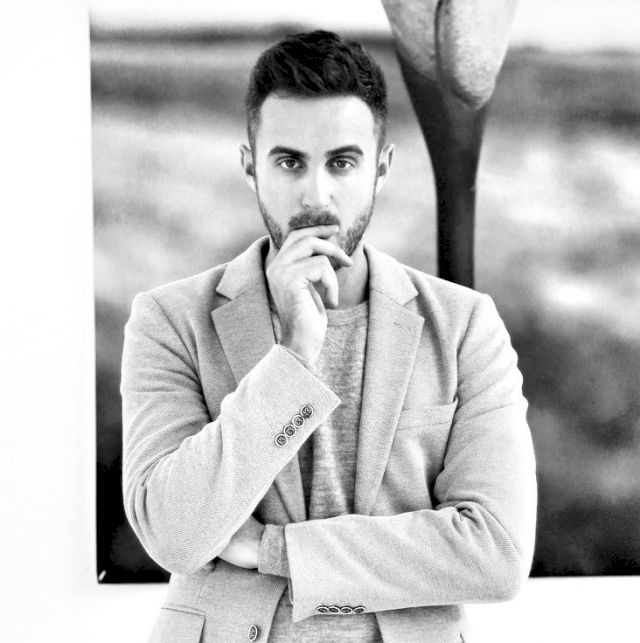
Why do you collect?
Idealists are always sexier than realistic cynics – they want something, fight for something instead of sitting on the couch and complaining. Nine years ago, I did not expect that the collection would attract any interest at all. It is a real privilege for me to show others that anyone can collect and that collecting is sexy. Art is one of the directions on my compass. There is north, south, east, and art. I breathe with art. You do not become an artist overnight and similarly, it takes some time and maturity to become a collector. Actually, this process is still going on. It is a matter of addiction. You cannot hide it – the art is addictive and T-shirts with the inscription “Buy art, not cocaine” tell the honest truth. If you are fascinated with art, but consciously give up the AFA (Academy of Fine Arts) and painting, because you realize that what you are doing is not exactly what you were looking for, then you face a classic gap between your desires and possibilities of their implementation, which causes severe alienation. You go through all the symptoms of withdrawal and art craving –you realize that you need some sort of expression. At one point, it came to me that collecting, exploring the field of art, and picking out pieces from all this enormity of existing art is a form of creation, too; that it can leave a mark or stamp undeniably yours. The collection is me, I am the collection - I fully identify with it.
Pleasure is the most important reason for collecting. Paraphrasing: “The goal of a collection would be fulfilled if watching it with comprehension evoked pleasure”. Then there is helping and promoting artists. We are at the moment when the promotional activities are to be performed by galleries, artists and institutions but primarily by collectors. The power of collectors lies in the fact that they risk – in fact financially – the most; the gesture of purchasing is the gesture of promotion due to this very reason. The economic activity in the art environment is today, maybe not stronger in itself than ever before but more visible.
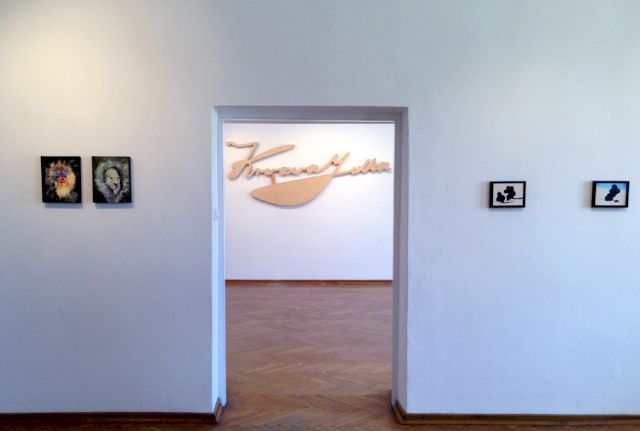
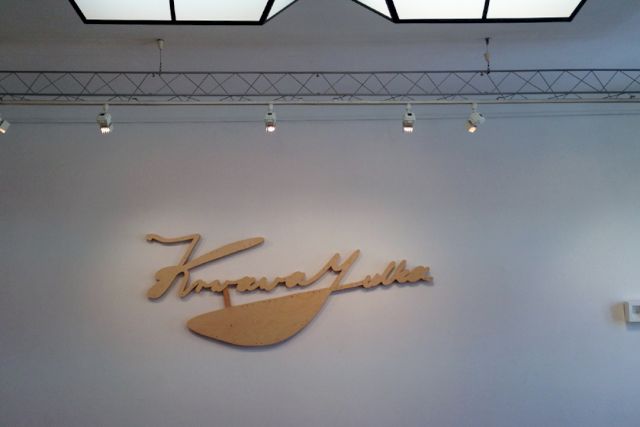
Does your collection follow a concept or a specific theme?
My selection criteria are very intimate. Choosing specific works is a way of recording my emotions, materialized someone else’s hands. I get rid of those works that start to annoy me, no longer fit into the emerging whole; the ones that in time become redundant, semantically exhausted and empty. I do not have a long-term goal but I am constantly refining my collection and hope it will stand the test of time. The most important criterion for selecting an art work for the collection is not only its medium but also the high standard of its form and execution as well as its contents. I really dislike empty shells – aesthetically satisfying works without any message. The art works I prefer combine aesthetics with a message. Another thing I consider when choosing a piece of art is whether the medium used by the artist is the best vehicle for the message and vice versa. I believe that the message or meaning of an art work should not have only one, abstract layer. In order to establish a meaningful relationship with its viewer it is essential, in my opinion, for the art work to trigger in him/her a whole chain of personal, intimate associations. And in order to do that an art work should be invested with some sort of a message or a story.
Twenty-five years ago, most of collections were national. In this day and age, it is hard to find a renowned collection that would showcase only the works by the artists-compatriots. This would mean it is provincial and limited. My collection is based on very subjective and personal criteria. It is like a social chronicle, a box full of souvenirs, my personal journey through Poland in search of interesting art, my memories of meetings with artists, talks and exhibitions. In our littered, multimedia culture a significant collection is not only being compiled, it is being created. Among all the works, there is a common thread that I have been spinning for many years. All moments important in my life, both dramatic and joyful, are there. This collection is more than the sum of all parts. It is something special. It is a quest for coherence between the work and the artists. The next step is to open up to the work of foreign artists, e.g. from Romania.
Who are the artists you are currently following? Do you have a personal relationship with the artist you collect?
My collection focuses on young, emerging Polish art – it is a matter of personal sensibility and taste, not a program. It is primarily a scene on which the performance of the full color present, bold forms, shapes and fleeting moments takes place. The artists are often still unknown. I found most of them when they were students, or fresh graduates. Young artists are innocent. When I buy their works, I experience their self-esteem and identity being created and reinforced. It is not just about purchasing the art works. It is about getting involved with someone’s life and where it is heading. This is a mutual and quite intense relationship. Unlike other industries, where buyers are anonymous and replaceable, here the artist’s reputation is either enhanced or tarnished by those who own his/her work. For example, in case of Michał Gayer from Katowice, I bought his diploma work and got a Warsaw gallery interested in it. It was quite successful and the artist had an exhibition at the Centre for Contemporary Art at Ujazdowski Castle in Warsaw. It is wonderful to see the development of the artist that you somewhere, somehow discovered. Valuable things are born in silence, so I reach to the “hidden” artists working in quietness, away from the media. I also purchase at charity or online auctions. For me, the most important thing is not only possessing the art pieces but making them public and helping artists out. My collection is a kind of platform or stage on which young, not yet widely known artists may come out. Its publicizing has a dual purpose – to promote the artists and to educate the public. Art should be accessible to everyone, even if not as exclusive property. The very existence of my collection, acquired thanks to the passion rather than billions of Swiss francs, only confirms this thesis.
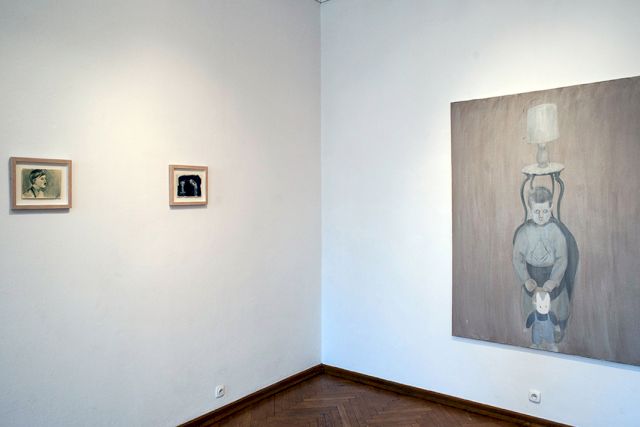
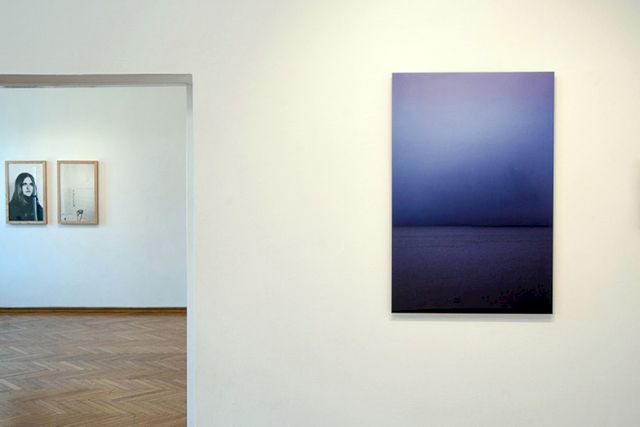
Why did you decide to make your collection publicly accessible?
A collection is a set of items being gathered and selected according to a particular design. In the light of such a definition a randomly chosen set of books, pieces of art, stamps, sabre, porcelain pieces, coins or even postcards cannot be regarded a collection yet as it lacks a more precise denotation indicating a narrower specialization or – in different words – a profile of the given set. Only when its nature has been pinpointed, can we talk about a collection of, for example, nature books, stamps issued by the Republic of San Marino or Polish modern art. Possessing a collection is not the effect of one time decision but the result of a long-term process during which the knowledge on one’s collecting field and the related market is continuously broadened what in turn allows more effective modifications in the assets. The value of a collection is therefore calculated with regards to both the outlay of the means directed to its compiling and the skill of taking apt decisions resulting from the growing experience.
Recent years have brought significant changes in the Polish art market. Due to social, cultural and economic changes the market has undergone a positive transformation. Nowadays collecting has been acquiring a new meaning and has become sexy thanks to young people. These are very fastidious and very conscious consumers who have been shaped by capitalism diversifying in specialist niches. It is the generation of hunters, who know that they want something unique, authentic in its uniqueness. Among all what the culture produces only pieces of art fulfill these requirements. The generation not so long ago used to collect cartoons from chewing gums, then notebook pages, sticker tags, matchboxes. Now, inspired by the way of thinking about art and achievements of the older generations, they build their first designed collections. Our culture has created an inexhaustible field to be explored and it is a gold mine. Polish designers and fashion designers are the sign of the same transformation.
Which publicly accessible private collection would you recommend visiting?
Art Stations Foundation by Grażyna Kulczyk in Poznań, Sammlung Boros in Berlin, Zabludowicz Collection, The Margulies Collection at the Warehouse, Rubell Family, Saatchi Gallery.